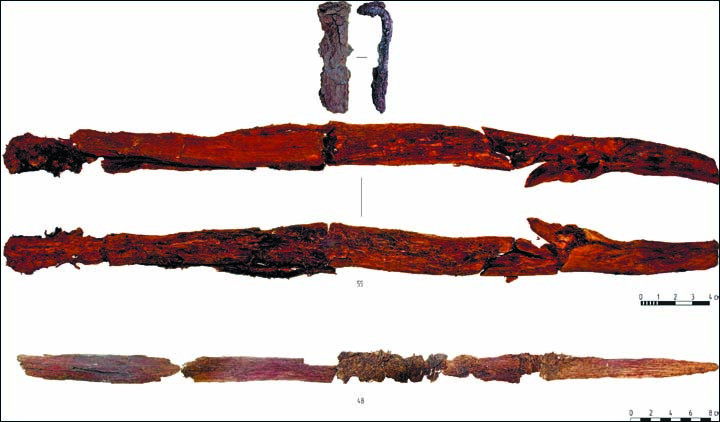Mysterious 'crouched' burials in remote Siberia hint to the practice of ritualistic sacrifices
Fours individuals had been buried at a medieval site in a crouched position.
During the excavation of a medieval archaeological site in a remote region of Siberia, archaeologists claim to have found the remains of four individuals buried in a crouched position. Such a strange burial had never been seen before in the region, and potentially denotes the practice of ritualistic sacrifices.
The discovery, reported by the Siberian Times, was made at the Yur-Yakha III site, which dates back to the 11<sup>th century and is located in the Yamal region in Northwestern Siberia. An analysis of the skeletal remains has indicated that three women and one man had been buried there.
Two of the women appeared to have been in their late teens or early twenties when they died. The man was thought to have been older, in his forties or fifties. All bear signs of having suffered from diseases.
"It's hard to name all of their conditions, but for example we have found evidence for shoulder dislocation, teeth anomalies, sinusitis, post-partum trauma of the sacrum...", lead archaeologist Andrei Plekhanov explained.
"It's hard to say if this was normal for the period. The medical expert Evgenia Svyatova, who examined the skeletons said that the disorders were quite typical for that time, yet for four burials, it is a very large number of diseases".
All appeared to be malnourished, an unsurprising discovery considering the harsh conditions they would have lived in.
Fire and mysterious rites
But despite having collected these important information, the team remains puzzled by the mysterious burials. They have yet to find convincing evidence to determine why the deceased had been laid to rest crouching.

And the mystery deepened as the researchers conducted more investigations at the site. Their analyses have shown that the man's body was set on fire after death - another ritual that was never documented previously in the medieval necropolises of the region.
"We can be sure that he did not die in the fire. His dead body was set on fire but not a very strong one. His bones remained almost intact, the fire damaged mostly soft tissues. At the moment, we do not know why they were buried this way, nor the significance of this," Plekhanov, who works with the Arctic Research Centre of the Yamalo-Nenets autonomous region, said.
The team has hypothesised that the unique nature of these burials point to ritualistic sacrifices but it is also possible that these were just funerary rites specific to a particular local cultural group and that they simply had not been identified before.

More excavation work is now scheduled to take place to learn more about the burials. The archaeologists will also focus on analysing the many objects that were recovered with the remains.
One of the women was buried with bronze bracelet bearing the image of a bear as well as a knife with a bronze handle, a tanning scraper, bronze and silver pendants, a ring and a 'yangach' - an object for removing snow from clothes. Fragments of pottery were also recovered. All these artefacts, recovered from the deceased in their afterlife, could provide new clues about the burial rituals of the region, in the Middle Ages.
© Copyright IBTimes 2025. All rights reserved.





















